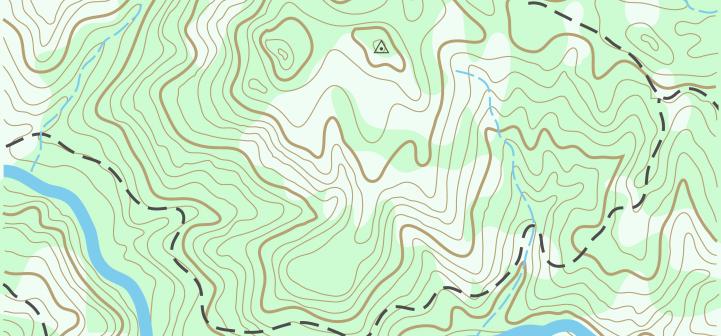In the area of geospatial technologies, remote sensing generally refers to satellite imagery or aerial photography.
Remote sensing provides the ability to observe an object without coming in direct contact with that object. Your eyes are extremely sophisticated remote sensing devices!
The “bird’s eye” view from the satellite or airplane, in combination with its ability to store, analyze, and display the sensed data, make remote sensing a powerful tool. Remote sensing techniques generally fall into two categorizes: active remote sensing and passive remote sensing. Passive remote sensing measures energy coming from the sun that is transmitted, absorbed, or reflected by other objects (trees, parking lots, lakes, etc.). True color and near-infrared aerial photography is captured through passive remote sensing. Active remote sensing measures energy that is transmitted, abosorbed, or reflected by a man-made device (such as LiDAR, SONAR, and RADAR).
The basic principles of remote sensing with satellites and aircraft are similar to visual observations we make every day with our own eyes. Energy in the form of light waves travels from the sun to Earth. The way in which light waves move through space is similar to how ripples travel across a lake. The distance from the peak of one wave to the peak of the next wave is known as the wavelength. Wavelengths are measured in micrometers (?m) or nanometers (nm). One nm is about 0.00003937 inch and 1 ?m equals 1,000 nm.
When taken as a group, all of the energy wavelengths emitted by the sun are referred to as the electromagnetic spectrum. Most remote sensors see the same visible wavelengths of light that are seen by the human eye (red, blue, green, etc.). In many cases, however, remote sensors can also detect energy from wavelengths that are undetectable to the human eye (infrared, ultraviolet, X rays).
The wavelengths used in most remote sensing applications of features on the Earth cover only a small region of the electromagnetic spectrum. Visible and infrared wavelengths are most commonly used in remote sensing of land features, while visible light alone is normally used in the remote sensing of water bodies. The visible region of the electromagnetic spectrum is from about 400 nm to about 700 nm, while infrared wavelengths span from 700 nm to about 1 mm. The infrared region nearest to that of the visible region is the near infrared (NIR) region.

Both the visible and infrared regions are used in agricultural remote sensing. When electromagnetic energy from the sun strikes plants, three things can happen. Depending on the wavelength of the energy and characteristics of individual plants, the energy will be reflected, absorbed, or transmitted. Reflected energy bounces off leaves and is readily identified by human eyes as the green color of plants. A plant looks green because the chlorophyll in the leaves absorbs much of the energy in the visible wavelengths (especially blue and red), and the green color is reflected (maximally around 500 nm – Figure 1).
Sunlight that is not reflected or absorbed is transmitted through the leaves to the ground. Interactions between reflected, absorbed, and transmitted energy can be detected by remote sensing. The differences in leaf colors, textures, and shapes, or even how the leaves are attached to plants, determine how much energy will be reflected, absorbed, or transmitted. The relationship between reflected, absorbed, and transmitted energy is used to determine spectral signatures of individual plants. Spectral signatures are unique to plant species.
Remote sensing can also be used to detected cleared ares, delineate wetlands, determine water quality, map elevation changes, measure soil moisture, and in a multitude of other applications. The applications of each remote sensor depends on its specific design and characteristics, including wavelengths it can measure, the smallest object it can see on the ground, and the frequency with which it can make measurements.
